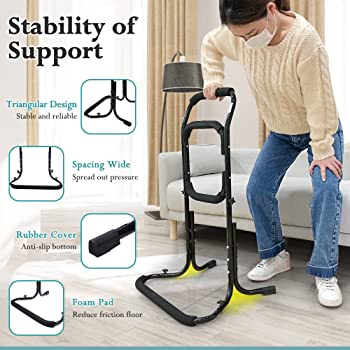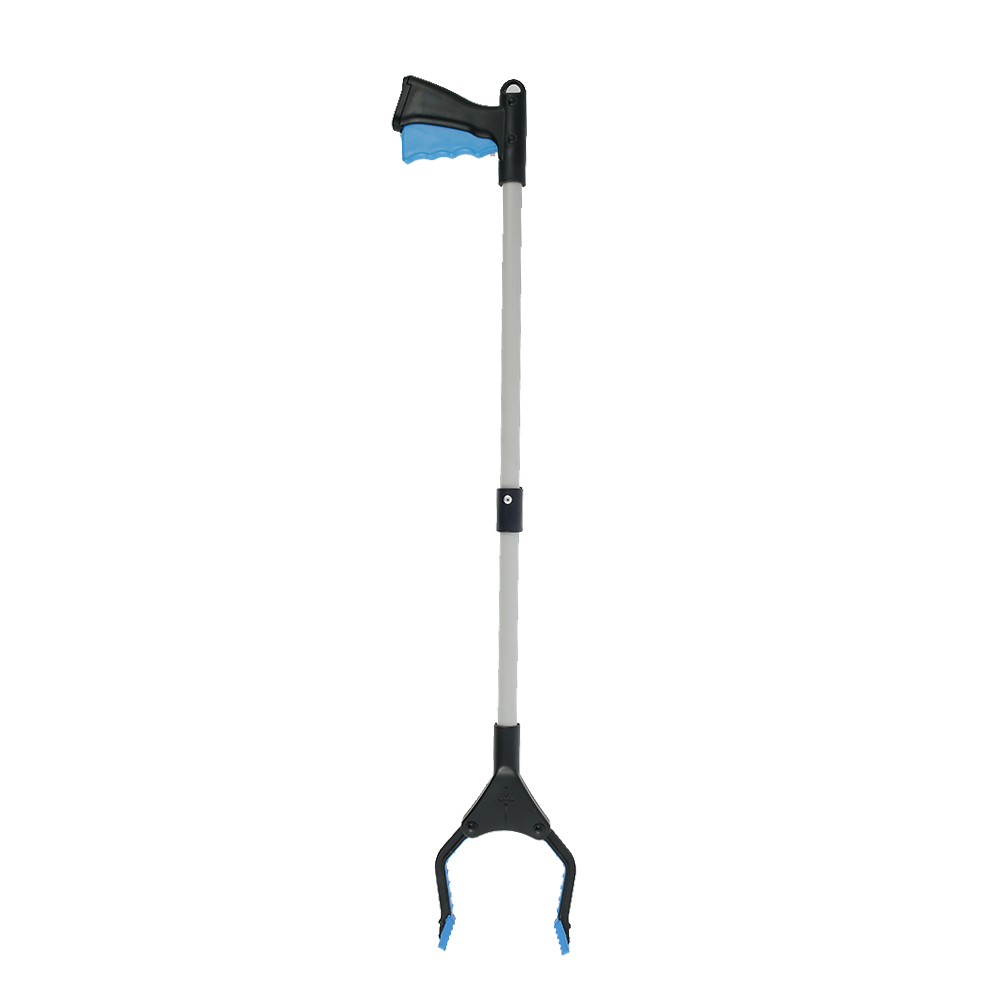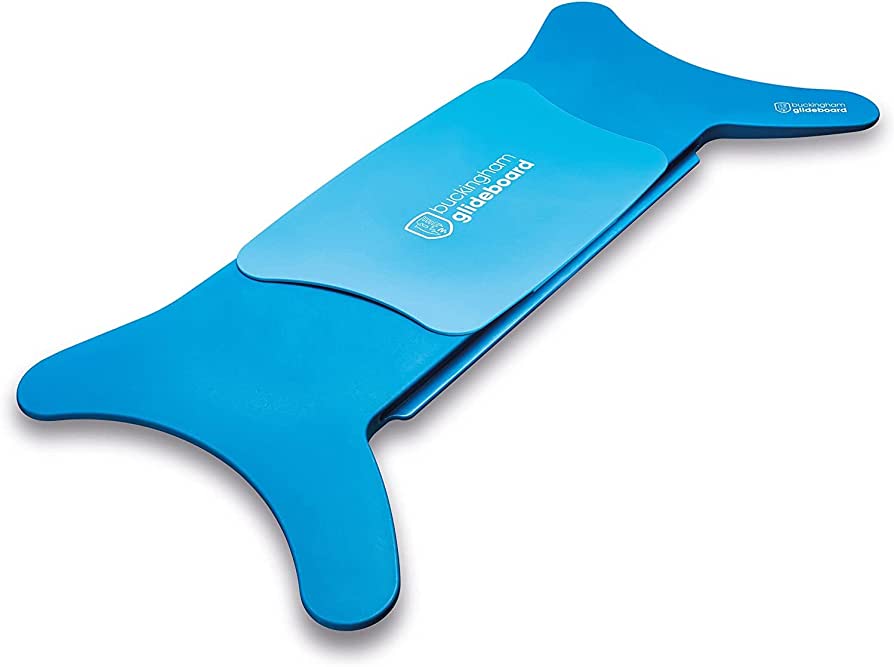Reacher Grabber
Disability Aids For Seniors
As people age, it prevails for them to experience a decline in physical and cognitive capabilities. For elders who have a disability, this decrease can end up being more considerable and impact their daily life.
Nevertheless, there are various impairment aids readily available that can assist elders preserve their independence and lifestyle. These help can come in the kind of mobility gadgets, adaptive tools for consuming and drinking, tools for dressing and grooming, house modification aids, and interaction aids.
By using these aids, senior citizens can continue to perform day-to-day tasks that may have ended up being tough due to their impairment. In this short article, we will explore the various types of impairment aids readily available for senior citizens and how they can improve their overall well-being. There are several disability aids for seniors available.

Disability Aids For Seniors
Strolling aids are a popular option for seniors who require assistance with balance. These help consist of walking sticks, crutches, and walkers. Walking sticks are an excellent option for those who require a little extra assistance, while walkers are perfect for people who require more substantial aid with balance. Crutches are generally utilized for those who have suffered an injury and need assistance for a limited quantity of time.
Wheelchair choices are likewise readily available for elders who need more extensive help with mobility. There are many different types of wheelchairs to choose from, consisting of handbook and electrical alternatives. Manual wheelchairs are moved by the user, while electric wheelchairs are powered by a battery. Both kinds of wheelchairs come in a variety of sizes and designs to fulfill individual requirements.
Stairlift solutions, scooter types, and transfer equipment are other alternatives available for elders with restricted mobility. Stairlifts are devices that assist people navigate stairs securely, while scooters supply a method of transport for those who are unable to stroll fars away. Transfer equipment such as lifts and transfer boards can help senior citizens move from one surface to another, such as from a bed to a wheelchair.
With these numerous options available, elders with restricted mobility can find the ideal help to help them navigate their surroundings safely and independently.
Reacher Grabber
Making use of adaptive tools for dining, such as feeding devices, drinking help, and swallowing tools, can considerably improve the dining experience for senior citizens. These tools can assist people with physical disabilities or constraints to consume with higher ease and comfort.
There are a variety of adaptive tools readily available, including specialized utensils and cups, that can help with mealtime jobs, such as cutting, scooping, and lifting. One common type of adaptive tool for dining is utensil adjustments. These can consist of weighted or angled utensils, along with utensils with bigger handles or grips, making them simpler to hold and control.
Other adaptive tools for consuming and drinking include spill-proof cups, straws, and specialized plates and bowls. These tools can help individuals with conditions such as arthritis, Parkinson's disease, or other handicaps preserve their self-reliance while consuming.
For people with more serious specials needs or conditions, mealtime support may be necessary. Caretakers or member of the family can supply hands-on help with feeding and drinking, or specialized feeding gadgets might be utilized to aid with swallowing troubles.

Overall, using adaptive tools and mealtime assistance can greatly enhance the lifestyle for elders with disabilities, enabling them to maintain their dignity and self-reliance while carrying out these vital daily tasks.
Assistance with dressing and grooming can be simplified through making use of assistive tools created to promote independence and improve the day-to-day regimens of people with physical restrictions.
For individuals who have trouble with buttoning their clothing, dressing sticks and button hooks can be practical. These tools make it possible for people to attach buttons without the use of fine motor skills and decrease the time needed to finish dressing jobs. Assistive clothes, such as magnetic closures or Velcro fasteners, can likewise be utilized to make dressing much easier and more efficient.
Grooming help such as adaptive combs can be utilized to help people with restricted hand dexterity in styling their hair. These combs have larger deals with, which make them simpler to grip and control. In addition, long-handled combs can be utilized to reach the back of the head and help individuals with minimal movement to design their hair separately.
Similarly, adaptive brushes and combs can be utilized for grooming facial hair. These tools can be handy for people who have difficulty holding a standard brush or comb due to arthritis or other physical restrictions.
Overall, adaptive tools for dressing and grooming can significantly enhance the lifestyle for elders with disabilities. These tools assist promote self-reliance and preserve daily routines, which can have a positive impact on psychological and emotional well-being. By using assistive tools, elders can continue to participate in self-care activities and keep their self-respect and sense of autonomy.
It is quite hassle-free that the physical limitations of a person can be accommodated with the help of home adjustment tools that promote self-reliance and availability within the living space. These aids are important for elders with impairments who want to maintain their autonomy and quality of life.
Restroom adjustments, such as grab bars, shower seats, and raised toilet seats, are required for individuals with mobility problems to prevent falls and ensure safety. Similarly, kitchen aids like adjustable-height counter tops, pull-out racks, and easy-grip utensils can help elders with arthritis or limited movement to prepare meals and enjoy cooking.


Entrance and exit assistance like door openers, threshold ramps, and handrails can make it easier for seniors with mobility impairments to go into and leave their homes safely. Furthermore, stairlifts and ramps can offer wheelchair access to different levels of the house, making it possible for senior citizens with specials needs to walk around individually and conveniently.
In summary, home adjustment aids are essential for elders with disabilities to maintain their self-reliance and improve their quality of life. By making basic modifications to the living space, such as setting up grab bars, adjustable-height counter tops, and bed rails, elders with mobility impairments can reduce the risk of falls and improve their safety and convenience. It is vital to consider these home adjustment help to promote accessibility and self-reliance for senior citizens with disabilities.
Communication is an important element of daily life, and for individuals with speech impairments, interaction aids play an essential role in allowing them to express themselves successfully. Assistive technology such as speech acknowledgment software application, speech synthesizers, and interaction boards can assist people with speech impairments to interact more efficiently.
Additionally, speech treatment can help improve speech production, articulation, and fluency for individuals with speech impairments.
